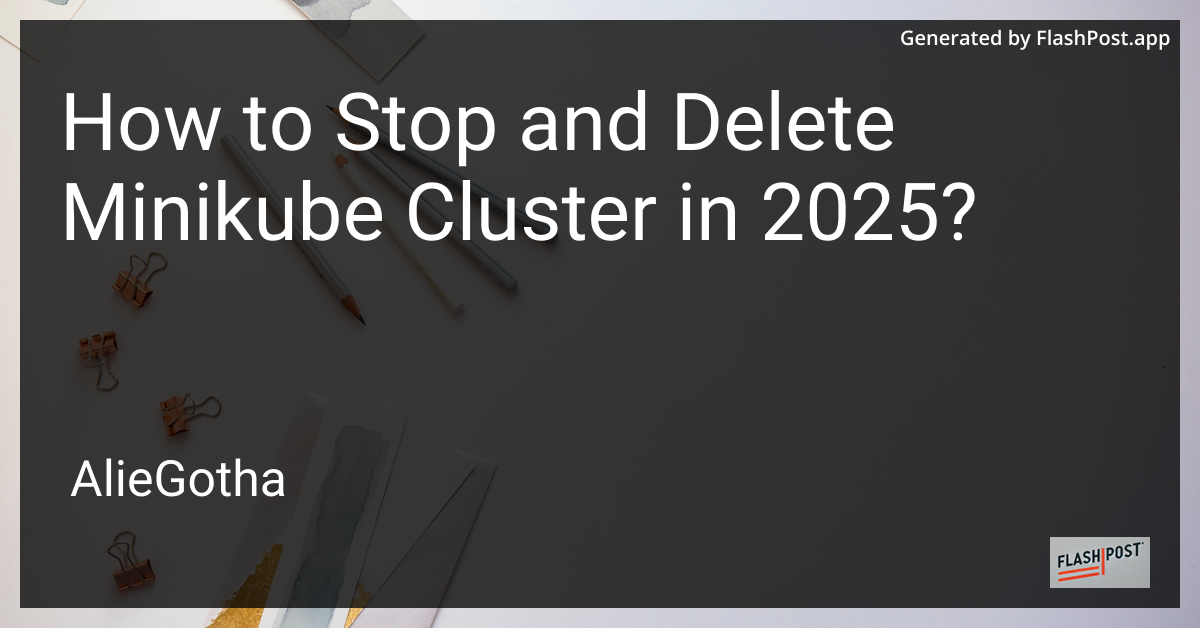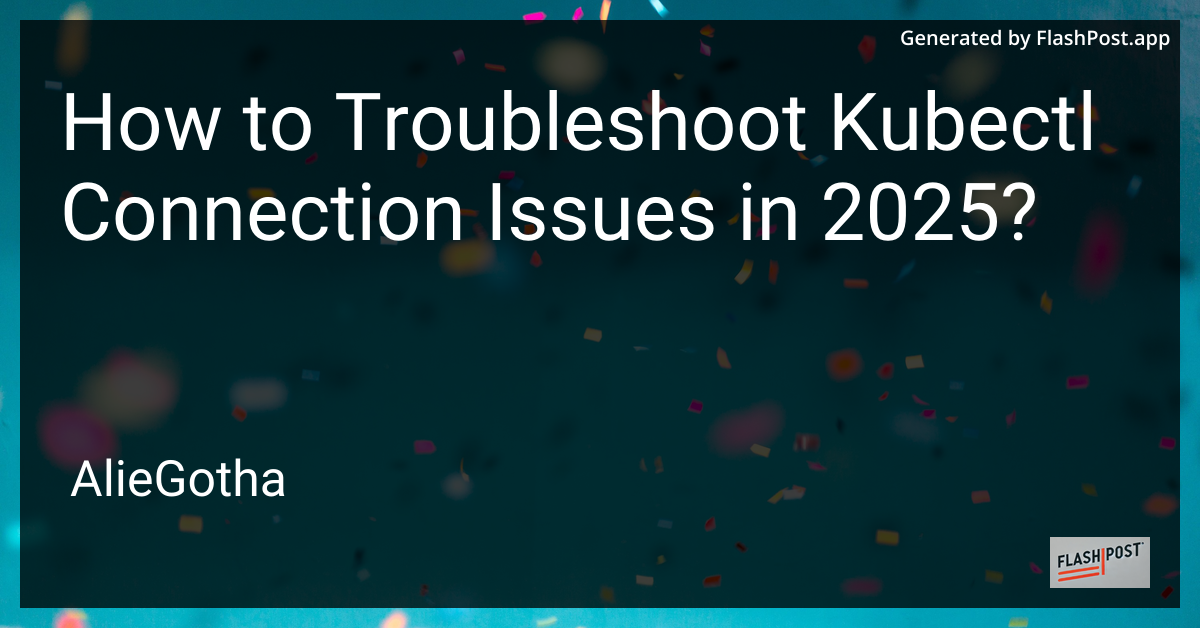

How to Stop and Delete Minikube Cluster in 2025?
In the ever-evolving landscape of Kubernetes, Minikube remains a vital tool for developers looking to test and deploy applications locally. However, there comes a time when you need to stop and delete a Minikube cluster in order to manage resources efficiently. Whether you’re freeing up local resources or starting a fresh setup, here’s a comprehensive guide on how to stop and delete a Minikube cluster in 2025.
Why Stop and Delete a Minikube Cluster?
Before diving into the steps, it’s crucial to understand the reasons behind stopping and deleting a Minikube cluster:
- Resource Management: Persistently running clusters consume CPU, RAM, and disk space.
- Clean Slate for New Projects: Starting with a fresh cluster ensures no residual configurations or resources interfere with new deployments.
- Troubleshooting: When facing persistent issues, recreating the cluster can resolve problems rooted in resource conflicts or misconfigurations.
Prerequisites
Ensure you have the following tools installed:
- Minikube: Version 1.29 or later is recommended.
- Kubectl: The Kubernetes command-line tool.
- Access to Terminal or Command Prompt: Administrator privileges may be required.
If you’re unsure about your current Minikube setup, check Minikube Resources.
Steps to Stop a Minikube Cluster
To temporarily halt a cluster without deleting it, follow these steps:
-
Open Your Terminal: Open the terminal or command prompt in your operating system.
-
Stop the Cluster: Use the following command to stop Minikube:
minikube stopThis will stop all running services in the cluster without deleting any configurations.
Deleting a Minikube Cluster
If you intend to permanently remove all configurations and data related to the cluster, follow these steps:
-
Delete the Cluster: Run the command below to delete the Minikube cluster:
minikube deleteThis command not only stops the services but also removes all associated virtual machines and configurations.
-
Verify Deletion: To ensure the cluster has been deleted, you can run:
minikube statusThis should return a message indicating that Minikube is not running.
Best Practices
- Check Dependencies: Before deleting, ensure no critical applications are depending on the Minikube cluster.
- Backup Important Data: If needed, back up persistent volumes.
- Configured Clusters: For information on setting up a Minikube cluster, refer to Minikube Cluster Setup.
Conclusion
Stopping and deleting a Minikube cluster is a straightforward process that can significantly free up system resources and provide a clean slate for new projects. As you continue to leverage Kubernetes for development and testing, understanding these fundamental actions will empower you to maintain a flexible and efficient development environment.
For any network configuration or IP-related queries while managing Minikube, consult the Minikube IP Address Guide.
By efficiently managing your Minikube clusters, you ensure optimal resource allocation and maintain a stable local development environment. Happy developing in 2025!
